Key Takeaways:
- Most of us know a friend, family member, or loved one with hearing loss. In fact, hearing loss outnumbers the combined total of diabetes and cancer in the US.
- With the growing number of hearing loss, there can be downstream implications on cognitive health, mental health, educational access, or financial health.
- Fortunately, noise-induced hearing loss can be mitigated with the proper precautions, which could have positive impact on individuals as well as the healthcare burden in the US.

As an audiologist with years of experience, I've had the privilege of helping countless people with hearing loss.
During my career, I realized that hearing loss is an increasingly common condition affecting millions of people worldwide. That's why I created this guide to offer up-to-date statistics on hearing loss and hearing loss intervention.
In this guide, I'll cover everything from the prevalence of hearing loss globally and in the United States to the different causes and prevention measures.
Additionally, I will also delve into the cost of hearing loss, hearing aid adoption and hesitance, cochlear implants, and pediatric hearing loss. So, whether you're looking to understand hearing loss more in-depth or need a refresher on current hearing loss statistics, this article is for you.
Keep scrolling to learn about important hearing loss statistics. 👇
Overall Prevalence of Hearing Loss

Globally, it is estimated that 466 million people have disabling hearing loss. That's roughly 6% of the world's population.
In the United States, around 48 million people are affected by hearing loss. It is also important to note that the prevalence of hearing loss is growing.
Which means that by age, hearing loss tends to affect older adults more than any other age group.
By the year 2050, almost 2.5 billion people are expected to have some degree of hearing loss.
What does that mean in terms of impact? Most of us have heard health statistics about diabetes and cancer among the US population. Data in 2022 estimates that diabetes affects about 37 million Americans, while newly diagnosed cancer cases are estimated at 1.9 million in 2022.
So, how does hearing loss compare? An estimate from the NIH examining 2001 - 2008 data suggests that approximately 48 million Americans aged 12 and older have some hearing loss in at least one ear.
That number exceeds current estimates of diabetes and cancer in the United States combined. As an audiologist, when I stop to think about how these numbers stack up, I feel surprised that we don't talk more about it.
Growing Trends
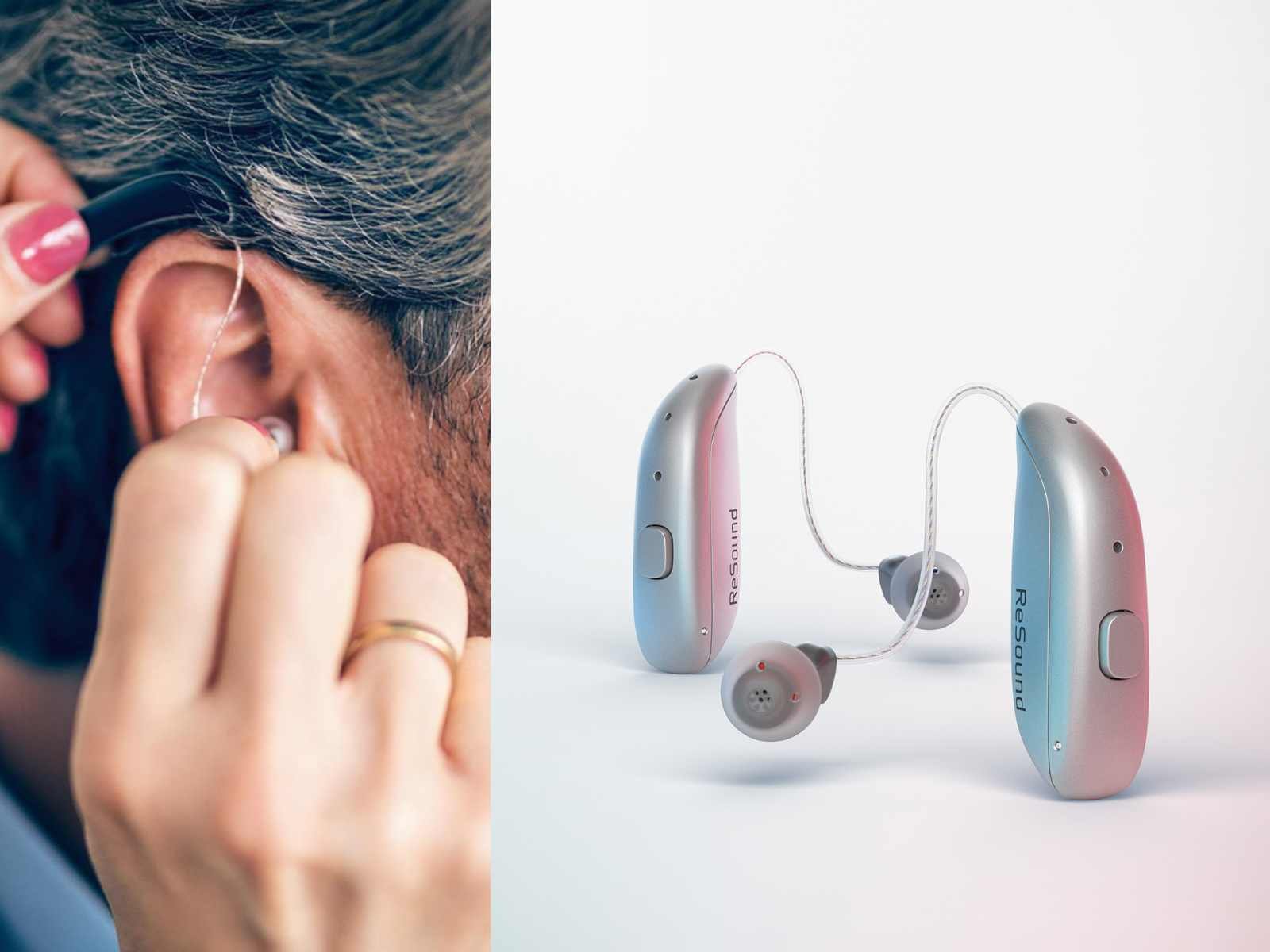
Hearing loss among the US population is growing.
There are several reasons for this, with the primary reason being the distribution among the population is shifting due to the aging Baby Boomers.
A recent projection in JAMA from Goman et al. used current data from 2020 to estimate hearing loss by decade from now until 2060. Current data estimates that 44 million adults aged 20 and older have hearing loss.
If the number continues to grow at the same rate, by 2060, the number of adults with hearing loss is estimated at 73.5 million.
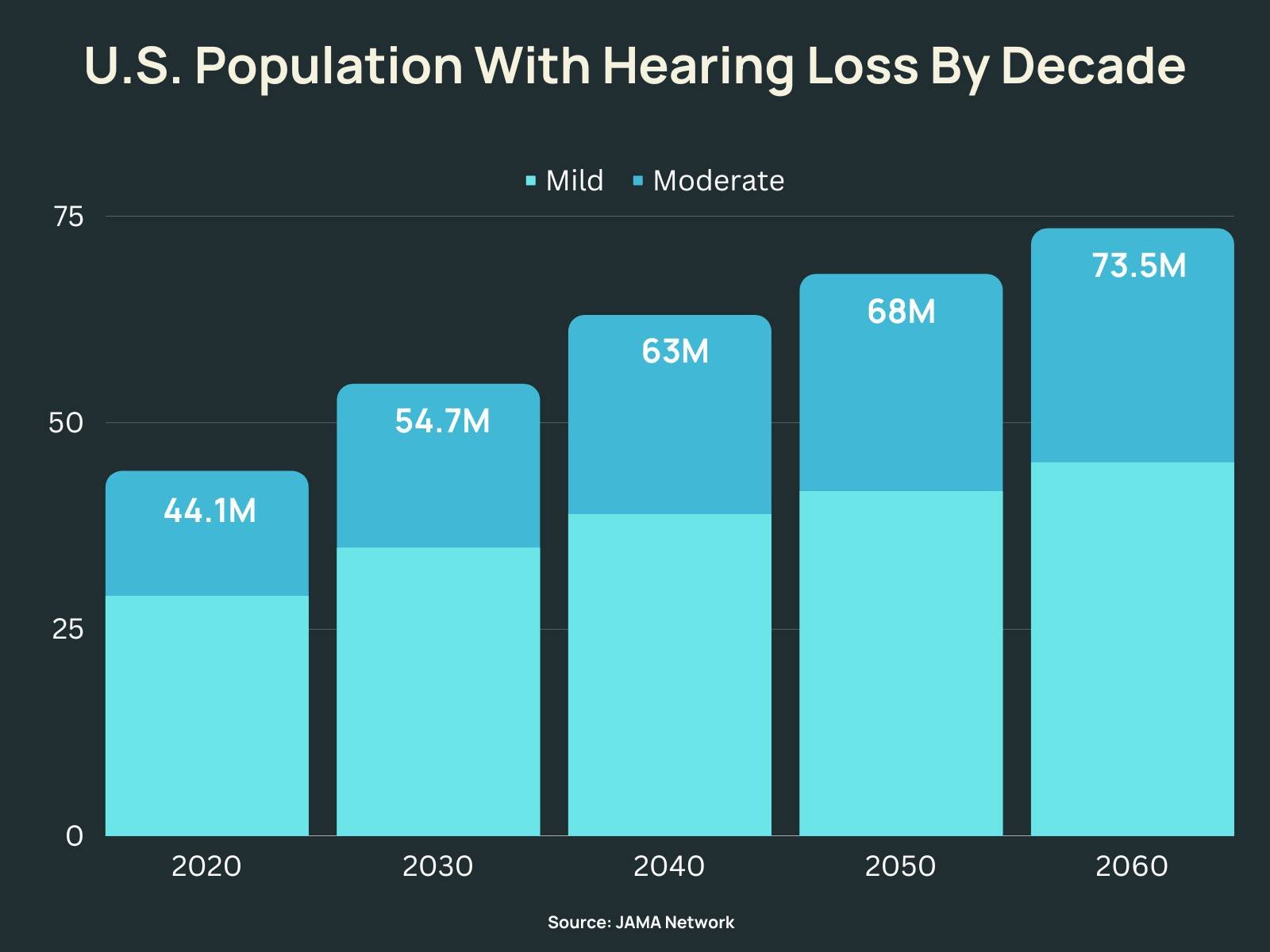
You might be wondering why this number will almost double in forty years. If we look at the number of adults aged 70 and older, 55% of the US population is currently 70 and older.
However, in 2060 this number is estimated at 67%. As a result, these numbers also suggest that a more significant portion of the population will have moderate or greater hearing loss.
The data involved in estimating prevalence consist primarily of:
- Age
- Sex (men are more likely to have hearing loss)
- Race (non-white Hispanics are more likely)
- Genetic predisposition
Clearly, there is a growing need for support and intervention.
While, indeed, hearing loss differs from diabetes and cancer, the impact that hearing loss creates on overall health can be significant. How, you ask? Let's dig in.
Effects of Hearing Loss
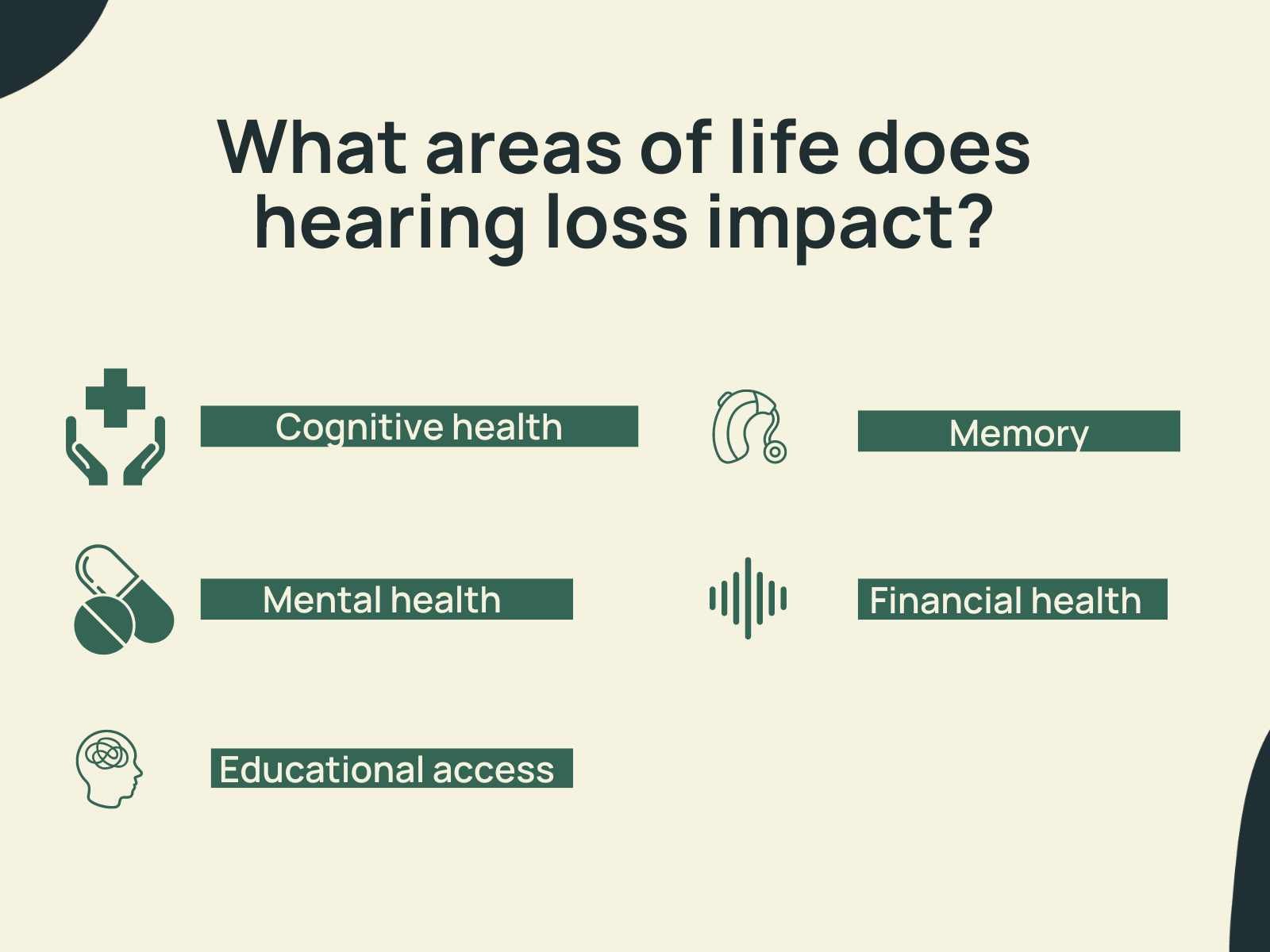
The impact of hearing loss is far from isolated. Let's look at how hearing loss impacts a person's cognitive health, mental health, financial health, and other aspects of life.
Educational Access
Hearing is an essential part of learning in the classroom. Three out of 1000 children are born with hearing loss, and approximately 15% of school-aged children have hearing loss.
Even mild hearing loss can be educationally significant, causing children to feel exhausted from increased listening effort at the end of the day. Children with hearing loss are more likely to develop speech and language delays, which impacts academic performance.
Hearing Loss Changes How the Brain Processes Speech
Hearing loss impacts the brain across the lifespan. In a systematic review of 72 MRI studies that compared the functional effects on the brains of those with hearing loss, functional differences were noted in processing strategies among those with congenital versus acquired hearing loss.
⭐ FYI: For a quick refresher, the frontal lobe is the part of the brain involved in thinking, planning, attention, and short-term memory. While we use all parts of the brain for many different tasks, the left side is devoted to language processing, and the right side is more involved in emotions.
The brains of those with congenital hearing loss showed impact in the gray matter and white matter across every part of the brain, but most noticeably in the frontal lobe and more in the right hemisphere than the left hemisphere.
What I find very interesting in this study is the comparison of brain MRI images from those with congenital hearing loss to those with acquired hearing loss.
The compensatory mechanisms for each group are different, with congenital hearing loss individuals prioritizing visual cues and individual word processing. In contrast, those with acquired hearing loss rely on auditory and semantic cues.
Essentially, hearing loss impacts the brain's architecture and shapes how we process the world.
Cognitive Function
Hearing loss distorts what a person hears, requiring more effort to decode the information and creating additional cognitive load.
That means cognitive resources are then working harder to interpret the distorted auditory signal through visual cues, meaning fewer cognitive resources are available for higher-level processing (e.g., the meaning behind the words, tone of voice, and so on).
One study from the Journal of Neuroscience showed with fMRI data that even modest hearing loss can down-regulate neural activity and reduce higher-level processing, which can ultimately reduce the volume of gray matter in the auditory cortex.
Memory
Hearing loss can have an impact on memory.
A Swedish study of 160 hearing aid users examined short-term and long-term memory in hearing aid users, and while the study didn't show an effect on short-term memory, long-term semantic memory was negatively affected among the study participants.
While the exact mechanisms are not fully understood, there is a connection between hearing loss and memory.
Mental Health
Mental and emotional health among those with hearing loss may suffer, as communication is essential to feel socially connected.
A review of 14 studies on this topic found that:
- Loneliness and social isolation were much more common among individuals with hearing loss
- Both men and women can experience an impact on mental health with hearing loss
- But women with hearing loss were more likely than men to experience these negative emotions
Financial Impact
One lesser-known impact of hearing loss is its financial impact.
In a JAMA study examining healthcare costs for those with hearing loss, healthcare costs were 46% more for those with hearing loss than for those without hearing loss.
On average, that meant a difference of $22,434 more in healthcare costs over ten years. Additionally, those with hearing loss were more likely to have a 30-day hospital readmission following treatment.
Not only healthcare costs but also salary can be affected. A MarkeTrak survey from 2010 found that employees with untreated hearing loss can miss out on as much as $30,000, depending on their degree of hearing loss.
The impact is significant, and with the data trending upward, we can see these numbers are growing. So what can we do about it?
Causes and Prevention of Hearing Loss

Hearing loss has many causes, including noise-induced hearing loss, aging, hereditary factors, and certain medical conditions.
Hearing loss is divided into sensorineural, conductive, and mixed hearing loss. Sensorineural hearing loss is the most common form of hearing loss among adults, making up about 90% of those with hearing loss in adulthood.
Conductive hearing loss is more common among infants and children. Overall, it makes up about 5 - 15% of all hearing loss.
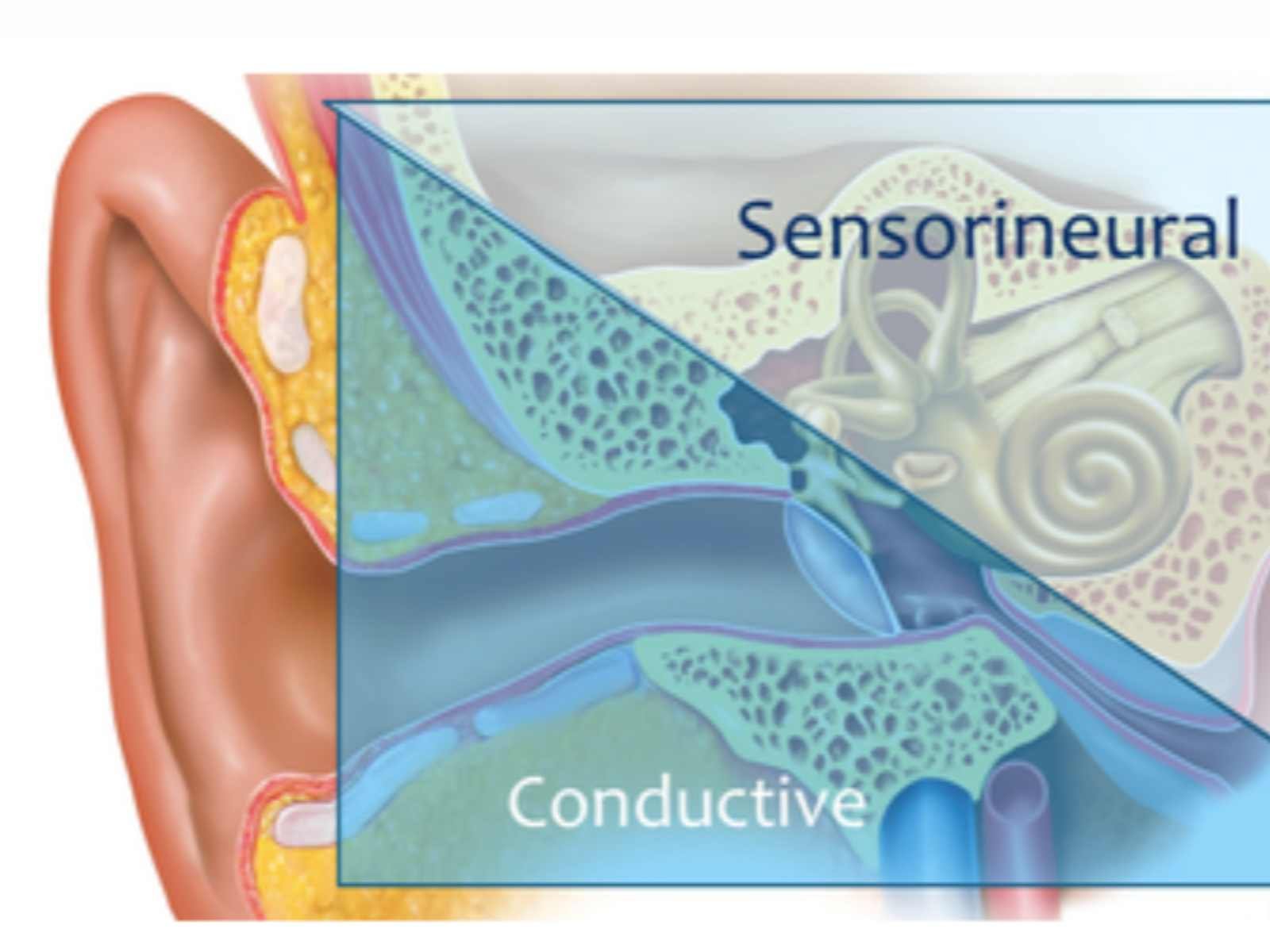
With sensorineural hearing loss being the most common, let's double-click on it.
Sensorineural hearing loss means that the inner ear is damaged. Noise-induced hearing loss has become more common in recent years.
Fortunately, it is often preventable by using hearing protection when exposed to loud noises, turning down the volume, or limiting time in loud environments.
But, as a millennial myself, it's the one I worry about most. That's because both Millennials and Gen Z are at risk for noise-induced hearing loss due to unsafe listening practices.
The BMJ estimates that over 1 billion young people are at risk for preventable, noise-induced hearing loss. From the statistics predicting hearing loss in 2060, we know these numbers are on the rise.
However, could noise-induced hearing loss increase that prediction further? And if so, how might that affect the US and the world?
The Cost of Hearing Loss

Hearing loss is both underdiagnosed and undertreated, and the cost is sizable. JAMA estimates that the cost of hearing loss is in the billions in the United States alone.
Of the 59 studies analyzed, the low-end estimates lost productivity at $1.8 billion and, on the high end, $194 billion. Excess medical costs related to hearing impairment were estimated at $3.3 to $12.8 billion.
Cost Worldwide
Internationally, the impact of worldwide hearing loss in 2019 exceeded $981 billion. As we know, more individuals will develop hearing loss over the coming decades, and the costs will also continue to rise.
Hearing Aid Adoption and Hesitance

It is estimated that only 20% of people who need hearing aids use them. On average, adults wait seven years after the onset of hearing loss before seeking treatment.
There are many reasons for this, including the stigma associated with hearing aids and the belief that they are uncomfortable or ineffective. But, attitudes about hearing aids and hearing healthcare may be changing, according to a recent Wall Street Journal article.
And regular hearing aid use is associated with a host of benefits, such as improved cognitive function.
A growing body of research backs this up and shows that early hearing loss intervention can slow cognitive decline. For example, an fMRI study showed that before being fit with a hearing aid, individuals had less activation in areas of the brain for auditory and language processing and more in the visual.
After one year of hearing aid use, participants had increased brain activity in auditory and language centers and areas for multimodal integration. This means that participants were much better able to process and make sense of the information coming in, freeing up cognitive resources for higher-up processing.
In other words, treating hearing loss supports brain health. That's huge!
Cochlear Implants
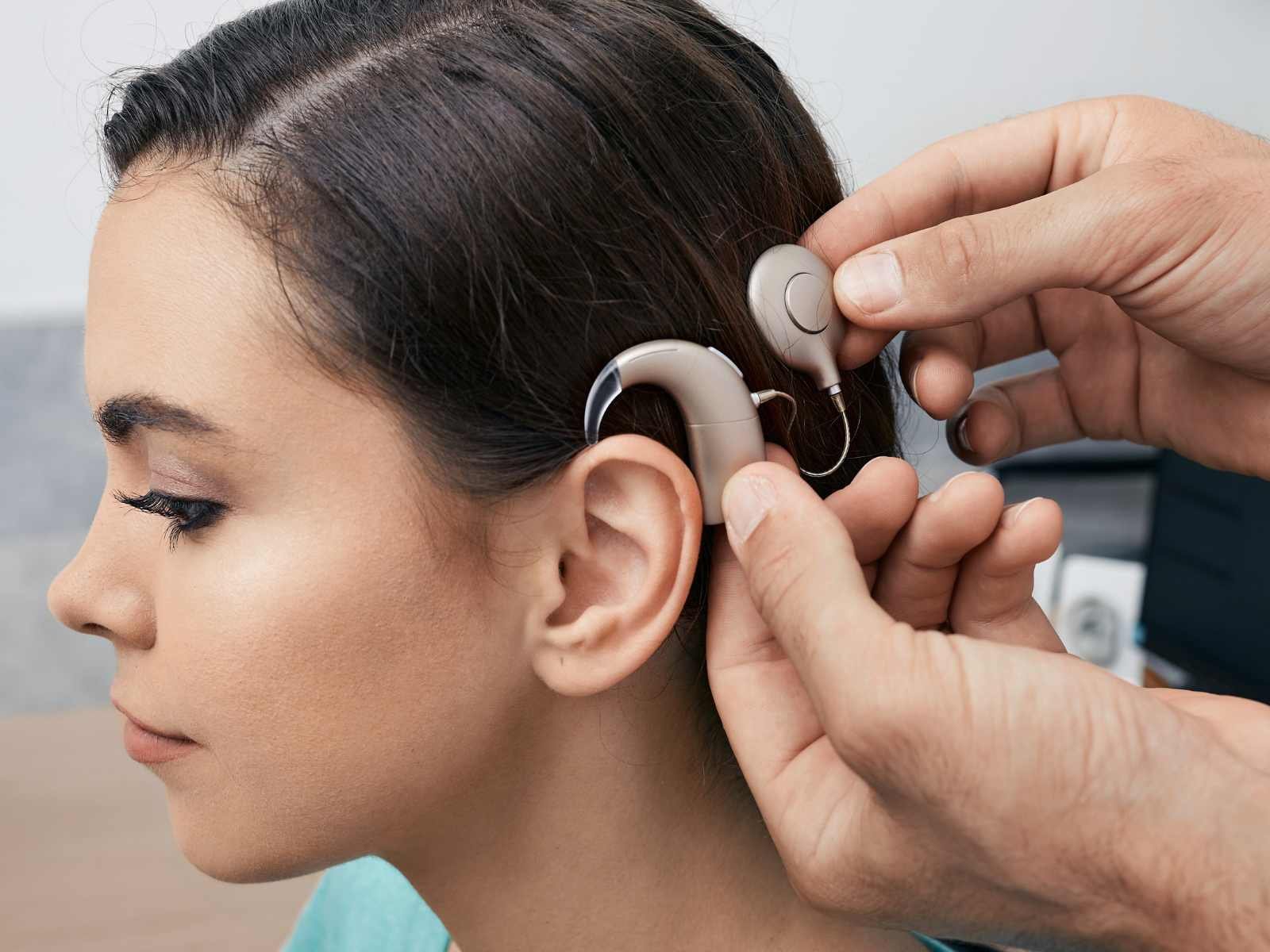
Other interventions may also be appropriate depending on the hearing loss severity. For individuals with moderate to profound hearing loss who do not benefit from hearing aids, cochlear implants may be a suitable solution.
Cochlear implants are electronic hearing devices that bypass the damaged parts of the inner ear and stimulate the auditory nerve directly. Approximately 324,000 people worldwide have received cochlear implants, with a high success rate. However, only 5% of adults who could benefit from CIs have them.
Conclusion
Hearing loss is an increasingly prevalent condition affecting millions of people in the US and worldwide. Hearing loss can have significant social, mental health, cognitive, and financial effects on individuals and our society.
Fortunately, there are solutions, such as using safe listening levels and hearing protection to reduce the prevalence of noise-induced hearing loss or interventions, such as hearing aids and cochlear implants, to treat hearing loss. And, there is still more to be done.
We must continue raising awareness about hearing loss's dangers and the importance of early intervention. We should also strive to improve accessibility to testing and treatment. Only then can we begin to turn the tide on this global epidemic.






